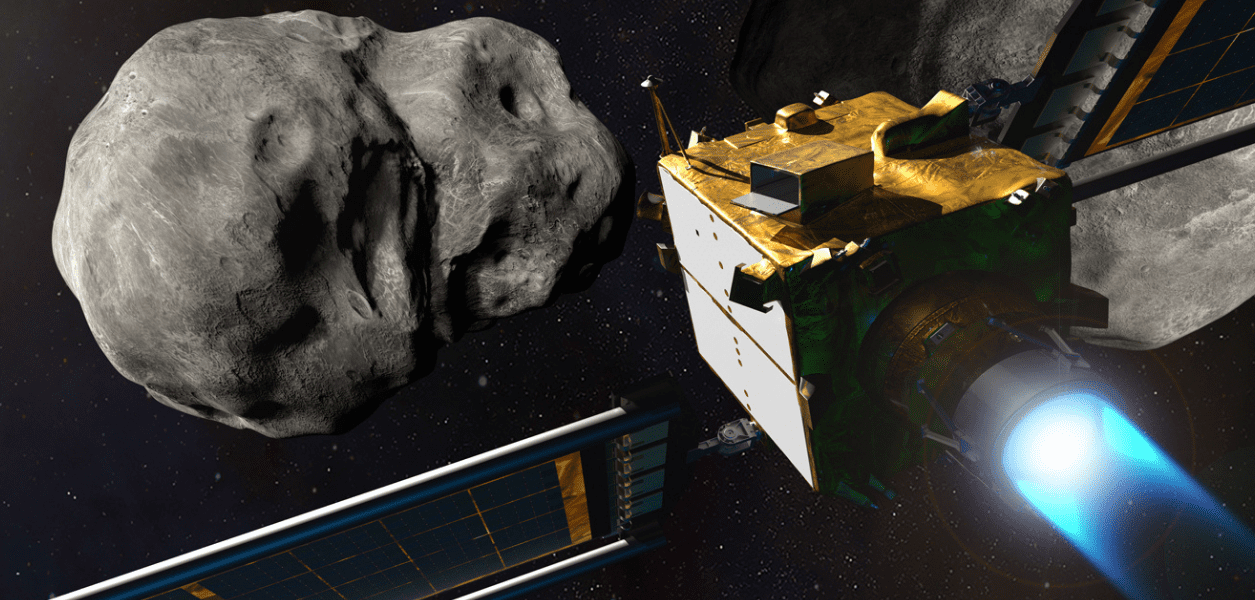If you can’t feel safe on Earth, then you won’t feel safe anywhere else. Luckily, with the launch of their new DART spacecraft, it’s clear that the folks at NASA have our butts covered – proving once again that they’ll go to “infinity and beyond” to keep our blue marble habitable.
This week, the agency, in collaboration with Elon Musk’s Space X, took to space on a $330 million mission that sounds exactly like the plot of an early 2000s Michael Bay movie.
In an effort to protect our planet from any future objects that might threaten humanity – NASA has designed, built and will test a craft that could crash into an asteroid and redirect it elsewhere if one was headed towards earth.
Recent Posts
Walmart Canada has a bunch of NSFW Christmas sweaters for sale online
Another big rainfall warning has been announced for Metro Vancouver
Asteroid Dimorphos: we’re coming for you!
Riding a @SpaceX Falcon 9 rocket, our #DARTMission blasted off at 1:21am EST (06:21 UTC), launching the world’s first mission to test asteroid-deflecting technology. pic.twitter.com/FRj1hMyzgH
— NASA (@NASA) November 24, 2021
“It is an indescribable feeling to see something you’ve been involved with since the ‘words on paper’ stage become real and launched into space,” said Andy Cheng, one of the DART investigation leads at Johns Hopkins APL and the individual who came up with the idea of DART in a press release.
“This is just the end of the first act, and the DART investigation and engineering teams have much work to do over the next year preparing for the main event ─ DART’s kinetic impact on Dimorphos.”
To be clear, the goal is not to completely destroy it but to steer it away – which may be less explosive than what some of you may have pictured but will be safer in the long run. We don’t need any more space shrapnel floating around outside the mesosphere.
Also, because it is 2021 – the most exciting part of the mission, which will take over a year to complete, will be live-streamed via NASA’s Youtube which is pretty cool.
Like our generation’s very own moon landing, those watching in September 2022, will see DART slam directly into the Dimorphos meteor -their test subject which is thought to be 160 metres wide.
As of right now, NASA has not released the exact date that the two will meet, but we can only assume that the 24,139 km/h encounter will be one for the books.
For more information or to check in on DART, Jr. astronomers can visit NASA’s official nasa.gov or just follow them on Twitter here.
Buckle up, folks – it’s going to be an exciting ride!





